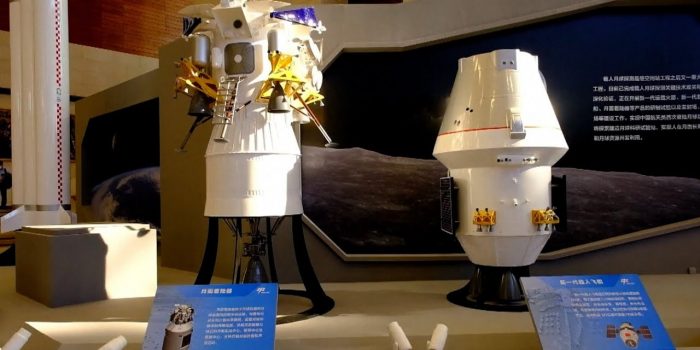A new era of space exploration is on the horizon as Chinese engineers and scientists celebrate a significant achievement. Recently, China successfully conducted a critical test of its latest Long March-10 rocket, powered by hydrogen, to lay the groundwork for its lunar ambitions.
On July 29, 2023, Chinese engineers test-fired the Long March-10 rocket, a project of paramount importance in their quest to reach the Moon. The missile uses a combination of liquid hydrogen and oxygen, providing a thrust of around 130 tons. Although only a slight improvement over China’s existing Long March-5 rocket, the Long March-10 will incorporate approximately 21 such missiles, resulting in an additional 210 tons of thrust with reduced rocket count and extra weight.
Zhou Xiangqi, a China Aerospace Science and Technology Corporation (CASC) researcher, expressed optimism about the test results, stating, “the engine has met all the requirements in the Saturday test.” The research team meticulously tested the engine’s startup, shutdown, and stability under extreme conditions, overcoming various technical challenges during the rocket’s development. These included managing engine sequence starts and stops, adjusting thrust at a large scale, and enhancing engine longevity and reliability.

The Long March-10 rocket employs liquid hydrogen, liquid oxygen, and kerosene as fuels. It measures around 302 feet (92 meters) in length and weighs approximately 2,187 tons during takeoff. With a takeoff thrust of about 2,678 tons and a carrying capacity of at least 27 tons for the Earth-Moon transfer orbit, this new rocket represents a remarkable advancement in China’s space capabilities.
One of the critical features of the Long March-10 is its ability to conduct missions to transport Chinese astronauts, often referred to as “Taikonauts,” and cargo to the space station without requiring a booster configuration. With a total length of 220 feet (67 meters), a takeoff weight of 740 tons, a takeoff thrust of 892 tons, and a low-Earth orbit carrying capacity of at least 14 tons, the rocket promises excellent potential for future space missions.
Rong Yi, a rocket expert with the CASC China Academy of Launch Vehicle Technology, emphasized the critical role of the Long March-10 in China’s Moon landing plans by 2030. However, achieving this ambitious timeline necessitates completing the rocket’s first flight, currently scheduled for around 2027. Fortunately, the carrier rocket’s engine, core module, and other technical structures have undergone upgrades and rigorous testing, indicating their readiness for an eventual lunar mission.
As China forges ahead with its space exploration endeavors, the successful test of the Long March-10 rocket signals a promising future for the country’s space program. It raises excitement about the possibility of Chinese astronauts setting foot on the Moon in the coming decade.


